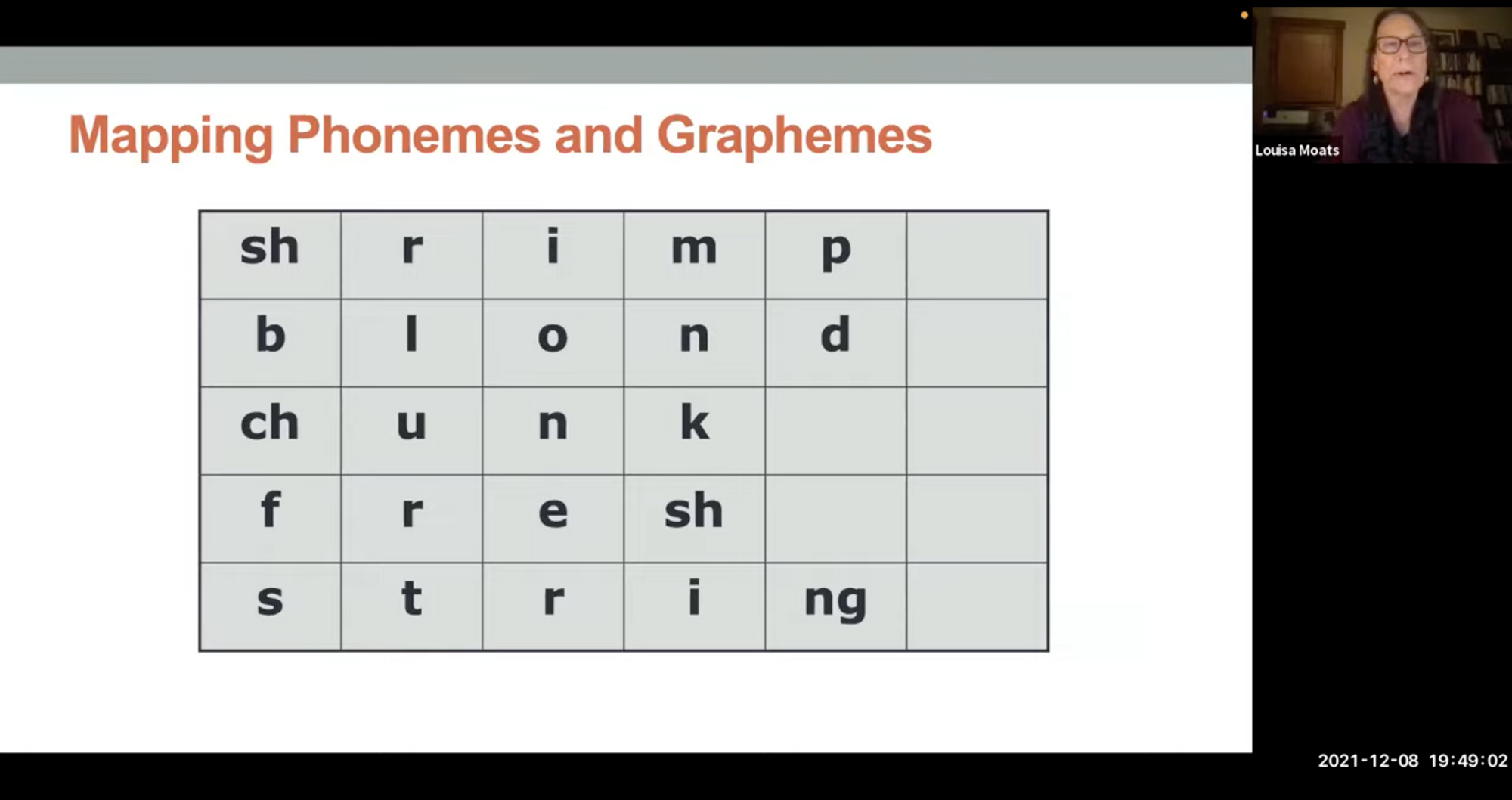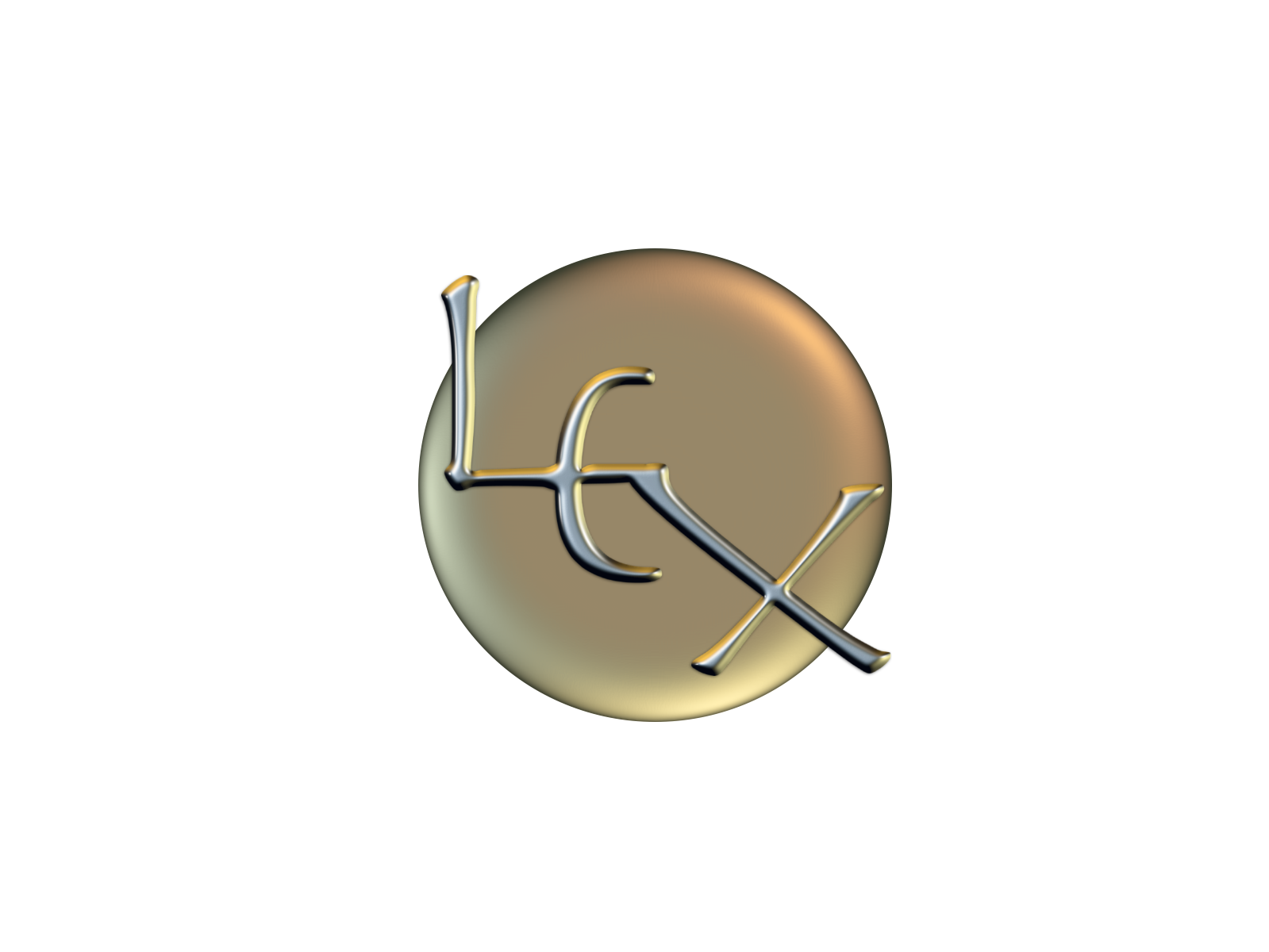I'm not much for mushy holiday stuff. I've already written elsewhere about the words Merry and Christmas, about winter and about the solstice – the real reason for the season. All winter holidays are about the return of the light, no matter what kind of bow you put on that package.
Like most people who hit midlife, I find holidays complicated in many ways. I don't always love having time off, or trying to function in a world that is taking time off, or navigating family stuff. Lucky for me I'm self-employed and can find plenty to do during the coming weeks.
In spite of my general humbugginess, this post is full of wee gifts for the paid subscriber. The first is a Pop-Up class on [ŋ]. The best phonics can do is that ing-ang-ong-ung nonsense, but we can do better than that.
The second is a coupon for the 2022 Etymology X! weekend, April 1, 2, &3. Keep reading for more information.
What got me thinking about [ŋ] was watching a Zoom presentation by Louisa Moats, offered recently by the New Hampshire IDA branch. Of course, the presentation was rife with errors from the get-go, but this really stood out.
"I was in my 30s before I was explicitly taught that [ŋ] is the third nasal sound," she claims. She laments that she had not ever realized that [ŋ] was a sound, because it didn't have a letter attached to it. But later, she shares the following "orthographic mapping" of five words, including the word <chunk>:

So, the question is, of course, isn't the <n> in chunk spelling [ŋ]? That sure looks like a letter spelling a sound to me. And if the <n> is spelling [ŋ] in chunk, why do we need an <ng> in string if an <n> can spell [ŋ] all by itself?
And how do we explain the difference between finger and singer, or hanger and anger?
Louisa Moats cannot and does not answer those questions, but I do.
